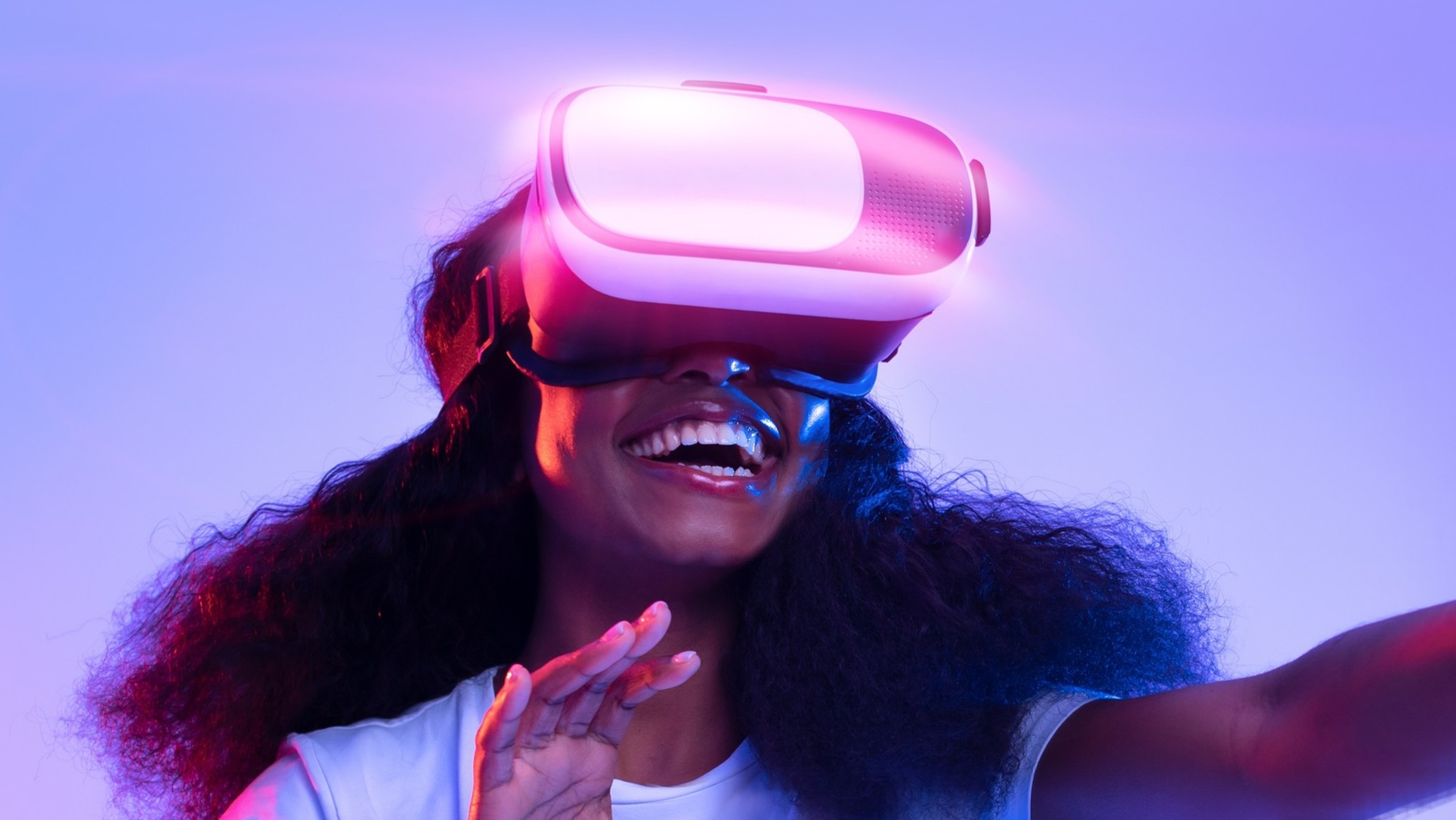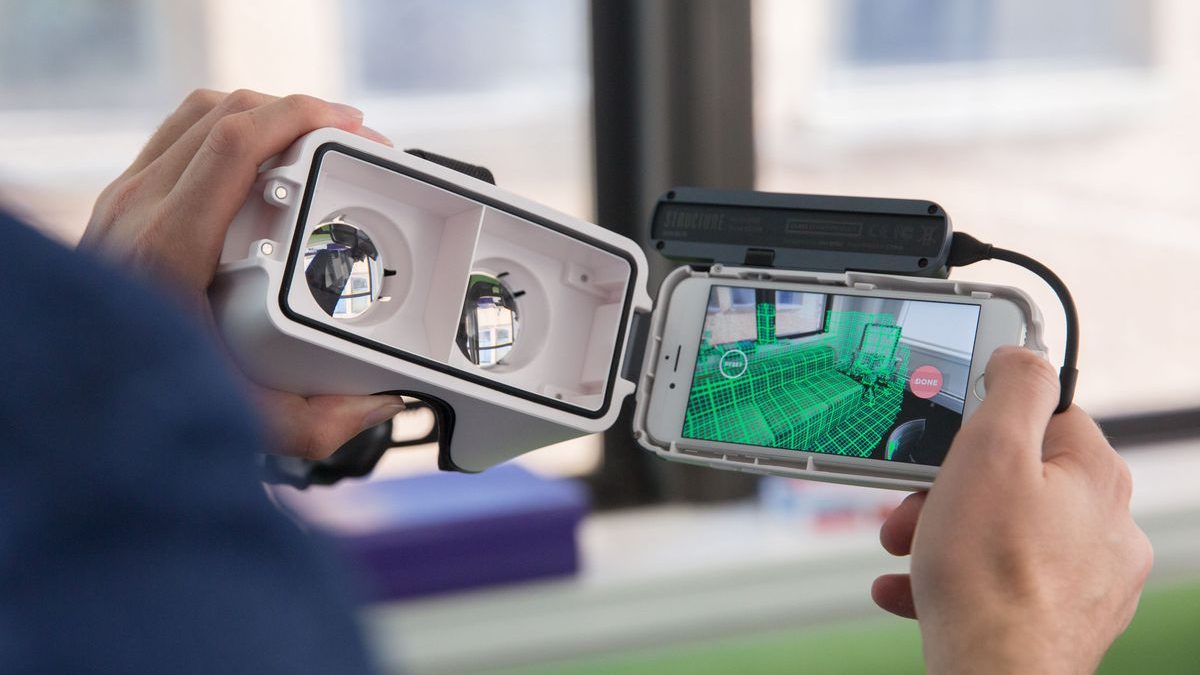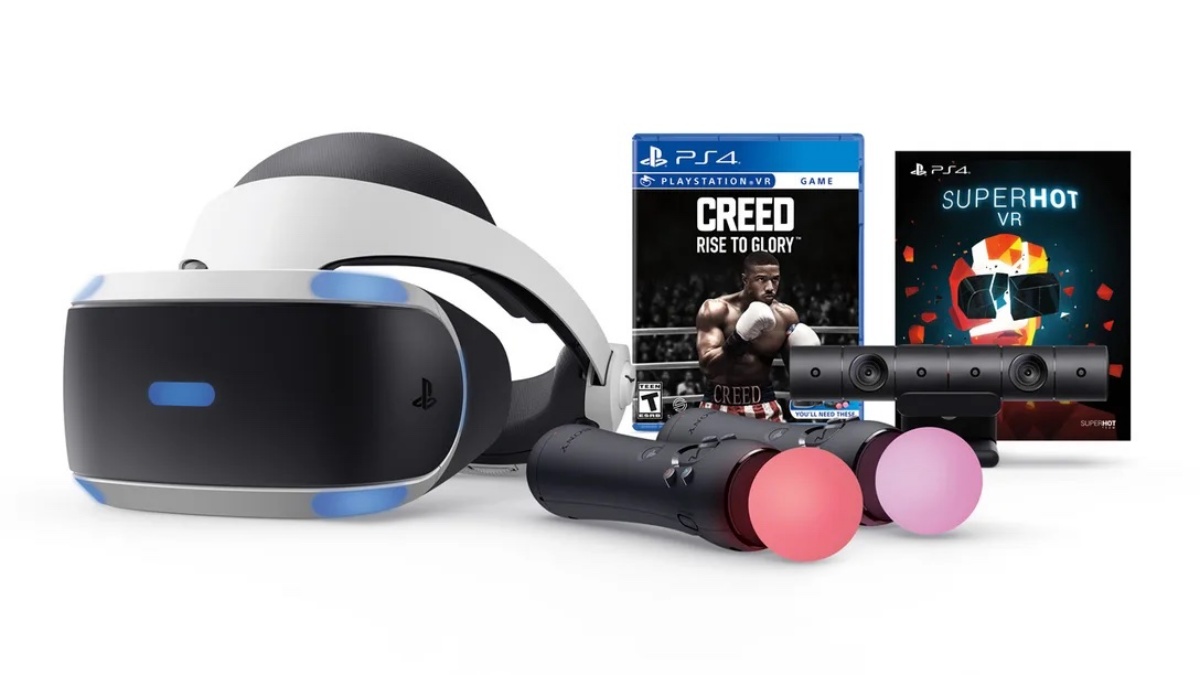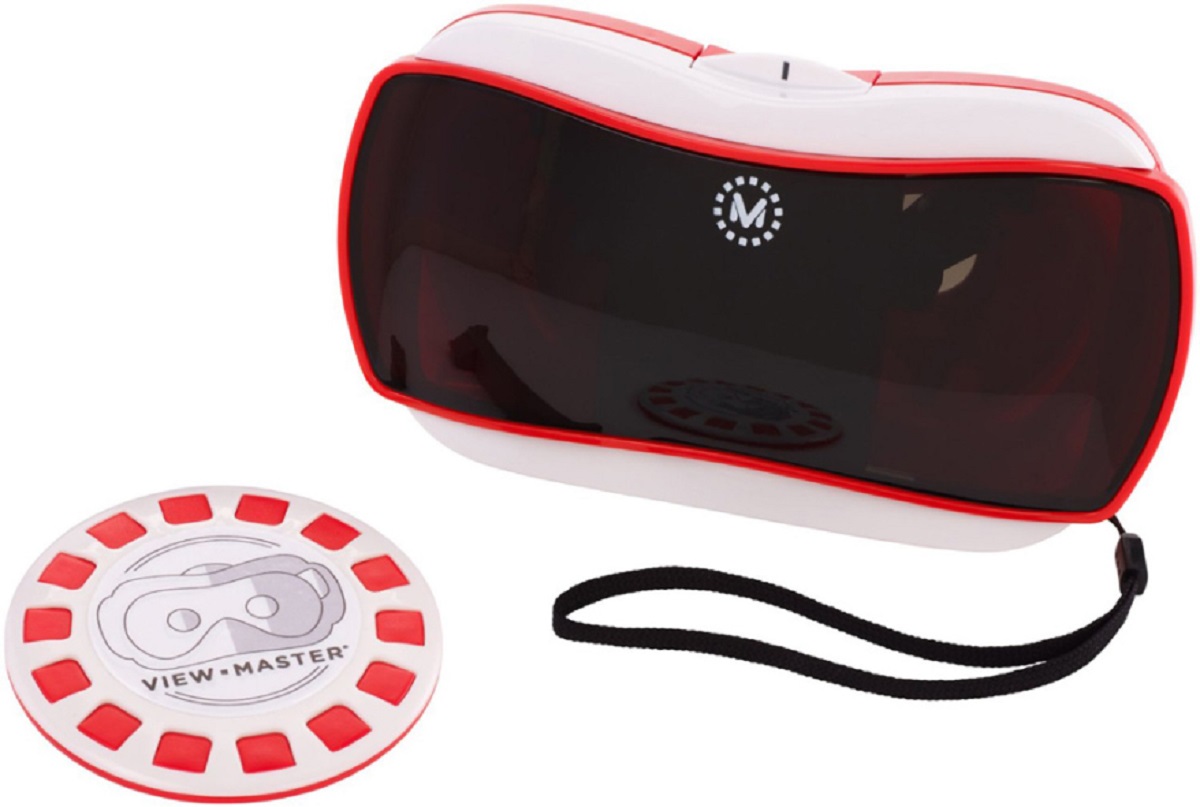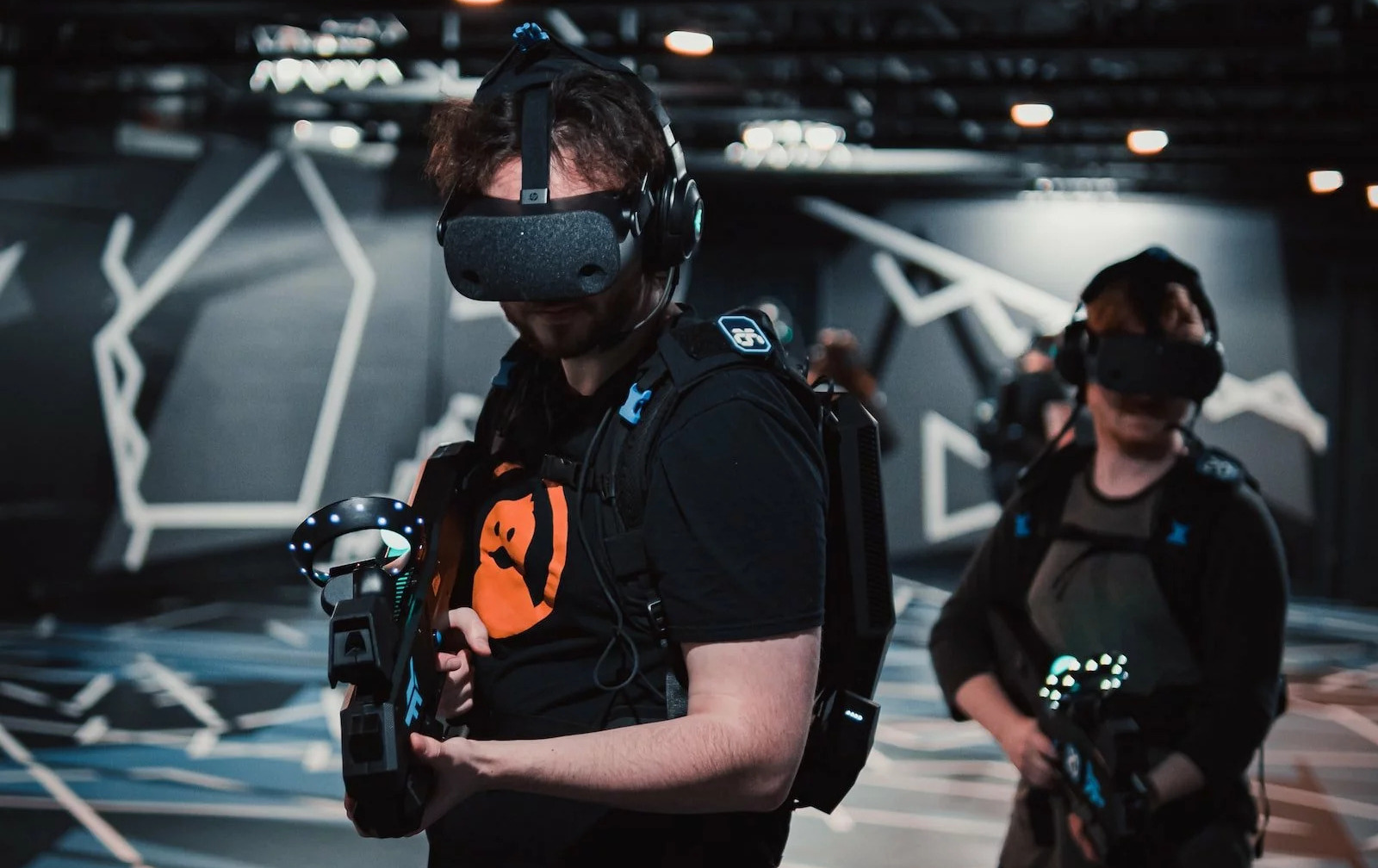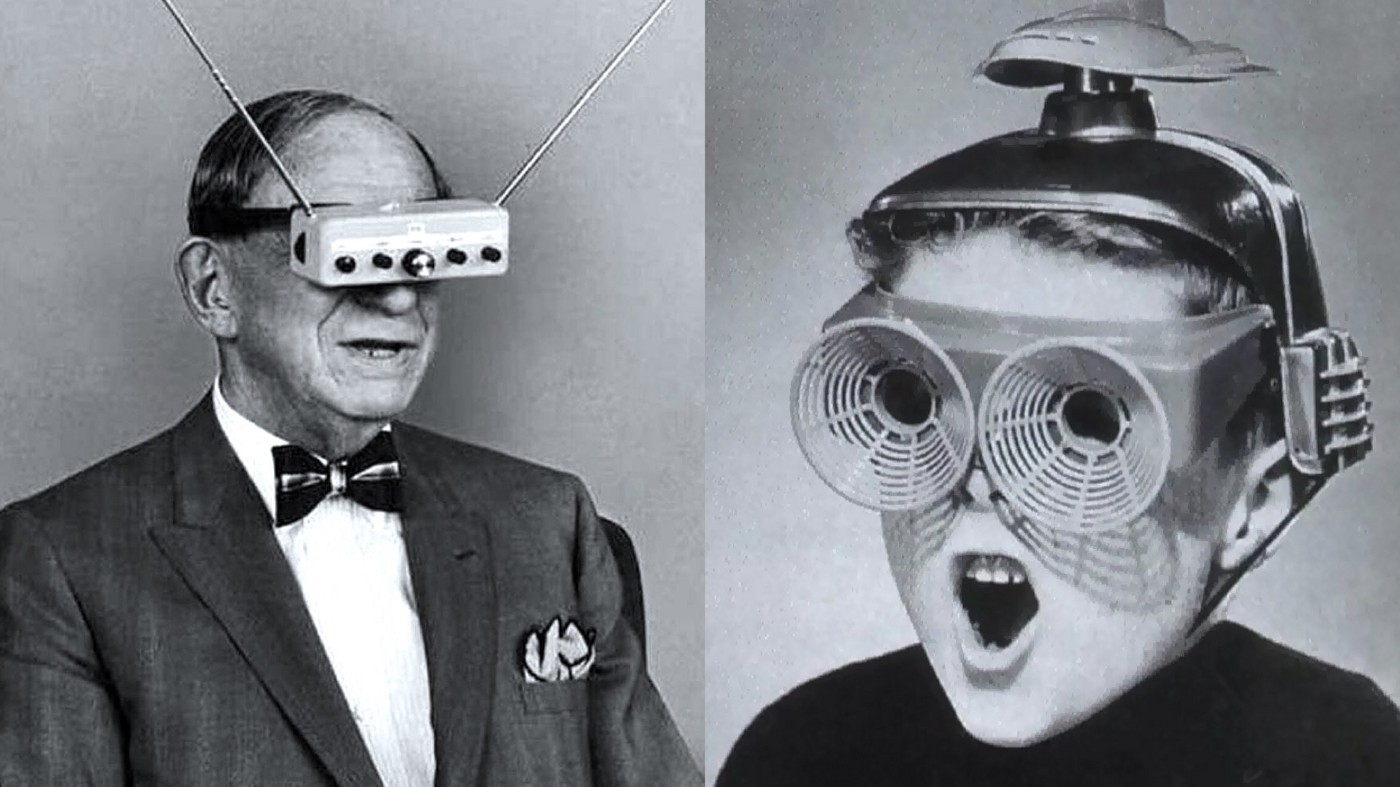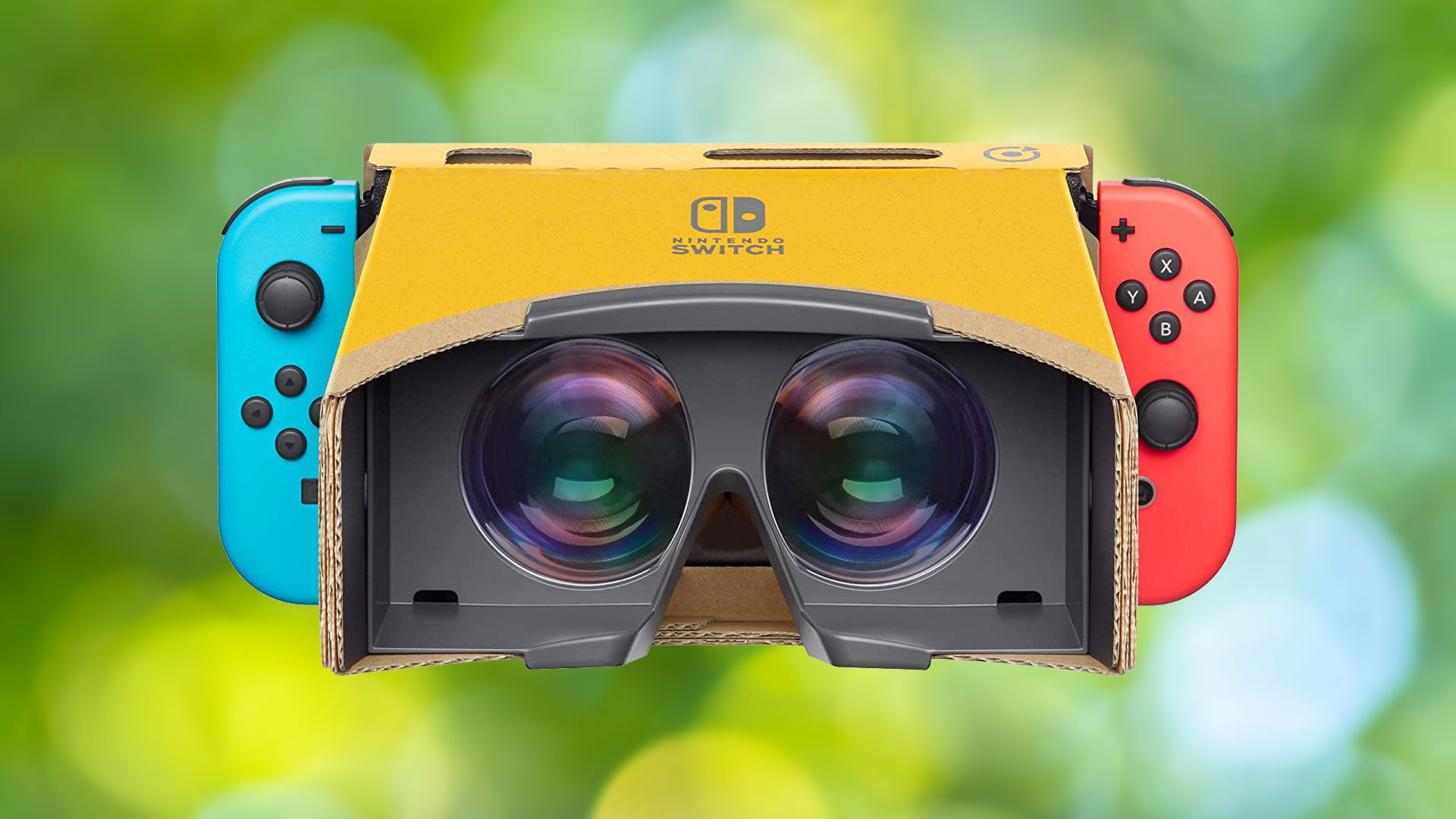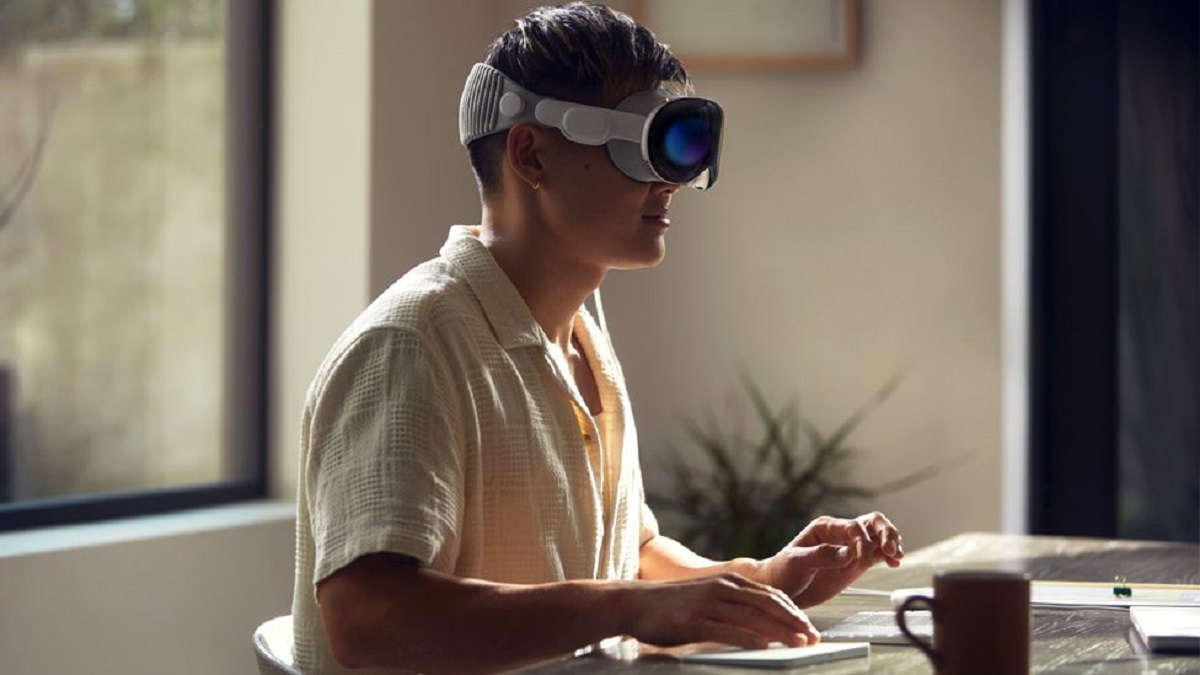Introduction:
Virtual Reality (VR) technology has rapidly gained popularity in recent years, transforming the way we experience digital content. With VR headsets, users can immerse themselves in virtual worlds and enjoy a heightened sense of presence and interaction. As the VR industry continues to evolve, more and more people are considering owning a VR headset to enhance their gaming experience, explore virtual travel destinations, or even engage in virtual meetings.
The VR headset market has witnessed significant growth, fueled by advancements in technology and increased content availability. As a result, various brands have entered the market, offering a wide range of VR headsets to cater to different preferences and budgets.
In this article, we will explore the ownership statistics of VR headsets, the factors driving their adoption, the popularity of different VR headset brands, and the demographic breakdown of VR headset owners. We will also delve into how VR headsets are being adopted in gaming and other industries, as well as discuss the potential future growth of VR headset ownership.
Whether you are a tech enthusiast, a gamer, or someone curious about the latest trends in digital experiences, this article will provide valuable insights into the current landscape of VR headset ownership and its potential impact on the way we consume content.
So, let’s dive into the fascinating world of VR headsets and discover how many people are embracing this immersive technology.
VR Headset Market Overview:
The VR headset market has experienced remarkable growth in recent years, driven by advancements in technology and the growing demand for immersive digital experiences. According to market research, the global VR headset market size was valued at over $6 billion in 2020 and is projected to reach a staggering $57 billion by 2027.
There are various types of VR headsets available in the market, ranging from high-end devices that require a powerful computer to standalone headsets that do not require any external hardware. Each type offers different levels of immersion and caters to different user preferences.
Leading technology companies and gaming companies have invested heavily in developing and promoting VR headsets. Companies like Oculus (owned by Facebook), HTC, Sony, and Valve have introduced popular VR headset models that have garnered a significant user base.
The VR headset market is not limited to gaming alone. It has also made inroads into other industries, such as healthcare, education, and enterprise. Virtual reality has proven to be a valuable tool in medical training, allowing doctors to practice surgeries in a risk-free environment. In the education sector, VR headsets are being used to create interactive and engaging virtual classrooms, enabling students to explore historical sites or scientific concepts.
One of the key factors driving the growth of the VR headset market is the increasing availability of VR content. Developers and content creators are continuously producing immersive experiences, ranging from games and simulations to virtual tours and movies. This growing library of content is attracting more users to invest in VR headsets to fully enjoy these experiences.
Another contributing factor to the expanding VR headset market is the decreasing cost of entry. As technology advances and economies of scale come into play, the prices of VR headsets have become more affordable, making them more accessible to a wider audience.
In this competitive landscape, VR headset manufacturers are constantly innovating, striving to improve the resolution, comfort, and overall user experience of their products. This healthy competition is driving the industry forward and pushing the boundaries of what VR technology can offer.
In the next sections, we will delve deeper into the ownership statistics, regional trends, and the demographic breakdown of VR headset owners. We will also explore how VR headsets are being adopted in gaming and various other industries. So, let’s continue our exploration of the fascinating world of VR headsets and the people behind them.
Factors Driving VR Headset Adoption:
The increasing adoption of VR headsets can be attributed to several key factors that are driving their popularity among consumers. These factors contribute to the appeal and value proposition of VR technology, making it a desirable investment for a wide range of users.
1. Immersive and Engaging Experiences: VR headsets offer a level of immersion and interactivity that is unmatched by traditional forms of media. Users can fully immerse themselves in virtual worlds and interact with the environment and objects, creating a sense of presence and realism. This unique experience appeals to gamers, entertainment enthusiasts, and individuals seeking new ways to explore and engage with digital content.
2. Technological Advancements: Over the years, VR technology has advanced significantly, enhancing the overall user experience. VR headsets now come with improved display resolutions, higher refresh rates, and better tracking systems, resulting in more realistic visuals and smoother movements. These technological advancements have made VR experiences more enjoyable and accessible, further driving the adoption of VR headsets.
3. Diverse Applications: VR headsets are no longer limited to gaming. They have found applications in various industries, including education, healthcare, architecture, and training. Virtual reality enables immersive learning experiences, realistic simulations for medical training, virtual tours of architectural designs, and more. The versatility and potential for practical use cases make VR headsets appealing to professionals and enthusiasts across different fields.
4. Content Availability: The growing availability of VR content has played a significant role in driving VR headset adoption. Game developers, filmmakers, and content creators are continually producing new and exciting VR experiences, ranging from action-packed games to captivating virtual tours and 360-degree videos. The expanding library of VR content ensures that there is something for everyone, catering to different interests and preferences.
5. Social and Collaborative Experiences: VR headsets also enable users to engage in social and collaborative experiences, even when physically apart. Applications like virtual meetings, multiplayer online games, and social VR platforms allow users to connect with others in virtual spaces, fostering a sense of presence and social interaction. This aspect of VR adds a new dimension to social interactions and creates opportunities for shared experiences, regardless of physical distance.
6. Price Accessibility: As VR technology becomes more mainstream, the prices of VR headsets have become more affordable, making them accessible to a wider audience. The availability of budget-friendly options, such as standalone VR headsets, has made it easier for users to enter the world of virtual reality without a significant financial investment.
These factors combined have propelled the adoption of VR headsets and continue to contribute to the growth of the market. As technology continues to advance and VR content evolves, we can expect to see even greater adoption of VR headsets in the coming years.
Popular VR Headset Brands:
The VR headset market is filled with a variety of brands competing to offer the best virtual reality experience to consumers. Each brand brings its unique features, design, and pricing, catering to different target audiences. Let’s explore some of the popular VR headset brands making waves in the market today.
1. Oculus: Oculus, owned by Facebook, is one of the leading brands in the VR industry. Their flagship product, the Oculus Rift, initially gained traction among gamers. However, Oculus expanded its product lineup to include standalone headsets like the Oculus Quest, which quickly became popular due to its wireless and all-in-one capabilities. The Oculus ecosystem offers a vast library of games and experiences through the Oculus Store, making it a go-to brand for VR enthusiasts.
2. HTC Vive: Developed in collaboration with Valve, the HTC Vive offers a high-quality and immersive VR experience. The Vive headset utilizes room-scale tracking technology, allowing users to move freely within a designated play area. With precise motion tracking and a wide field of view, the HTC Vive is especially popular among gamers and those seeking a more immersive VR experience.
3. Sony PlayStation VR: Catering specifically to PlayStation 4 console users, the Sony PlayStation VR has gained a significant market share in the gaming industry. The headset is known for its comfortable design and compatibility with a wide range of PlayStation games. With a strong focus on gaming, Sony has established itself as a major player in the VR headset market.
4. Valve Index: Developed by Valve, the company behind the popular gaming platform Steam, the Valve Index is renowned for its high-quality display, accurate controllers, and precise tracking. The Index offers a wide field of view, making the virtual world feel more expansive and immersive. It targets serious gamers who seek the best visuals and performance in their VR experiences.
5. Pico: Pico is a brand that specializes in standalone VR headsets. Their lineup includes budget-friendly options like the Pico Neo 2 and Pico G2, which offer a good balance between affordability and performance. With user-friendly interfaces and a growing library of content, Pico aims to make VR accessible to a broader audience.
These are just a few of the popular VR headset brands making waves in the market. Other notable brands include Samsung with its Gear VR, Lenovo with its Mirage series, and HP with its Reverb G2. Each brand brings its own unique features and strengths to the table, giving consumers a wide range of options when choosing a VR headset.
It’s important to consider factors such as comfort, performance, content availability, and budget when selecting a VR headset. As the market continues to evolve, it’s likely we will witness even more exciting advancements and new players entering the scene, offering consumers an ever-growing pool of VR headset options to choose from.
Ownership Statistics by Region:
The ownership of VR headsets varies across different regions globally, influenced by factors such as technological advancement, market penetration, consumer preferences, and economic factors. Let’s take a closer look at the ownership statistics of VR headsets by region.
1. North America: North America has been a strong adopter of VR technology, with a significant number of VR headset owners. The United States, in particular, has seen substantial growth in VR headset ownership, driven by a thriving gaming industry, technological innovation, and a strong consumer base. The presence of major VR headset brands, such as Oculus and HTC Vive, has also contributed to the high ownership rates in this region.
2. Europe: Europe has also shown significant interest in VR headsets, with countries like the United Kingdom, Germany, and France leading the way. The gaming culture in Europe, coupled with a tech-savvy population, has contributed to the high adoption of VR headsets. Additionally, the availability of diverse VR content, immersive experiences, and advancements in VR technology have fueled the growth of VR headset ownership in this region.
3. Asia-Pacific: The Asian market, particularly countries like China, Japan, and South Korea, has witnessed rapid growth in VR headset ownership. This can be attributed to a combination of factors, including a large population, increasing disposable income, and a strong focus on technological advancements. In China, for example, the popularity of VR gaming and the presence of local VR headset manufacturers have driven the ownership rates.
4. Latin America: Latin America is a region that is gradually embracing VR technology, with increasing ownership of VR headsets. While adoption rates may be lower compared to other regions, there is a growing interest in VR gaming and entertainment experiences. Economic factors and limited availability of VR content may be contributing factors to the slower adoption in this region.
5. Middle East and Africa: The ownership rates of VR headsets in the Middle East and Africa region are relatively lower compared to other regions. Limited market penetration and economic factors may present challenges to widespread adoption. However, with the growing interest in augmented reality (AR) and VR technologies, coupled with improving access to VR content and affordable VR headsets, we may see an increase in ownership rates in the coming years.
It’s important to note that while VR headset ownership may vary across regions, the overall trend is one of growth and increasing interest in virtual reality experiences. As VR technology continues to evolve and become more accessible, we can expect to see a wider adoption of VR headsets across various regions globally.
Demographic Breakdown of VR Headset Owners:
The ownership of VR headsets is not limited to a specific demographic but rather spans across various age groups, genders, and occupations. Let’s explore the demographic breakdown of VR headset owners to gain insights into who is embracing this immersive technology.
1. Age: VR headset ownership is prevalent among a wide range of age groups. Younger demographics, such as millennials and Gen Z, often show significant interest in VR technology due to their affinity for gaming and technology-driven experiences. However, VR headsets are not limited to the younger population. Older demographics, including Gen X and baby boomers, also enjoy virtual reality experiences, particularly for educational purposes, virtual travel, and entertainment.
2. Gender: VR headset ownership is relatively evenly distributed between genders, with both males and females embracing the technology. The perception that VR is predominantly a male-dominated space is changing, and VR headsets are becoming popular among female users as well. The growth in diverse VR content, including genres like virtual travel, social experiences, and relaxation apps, has contributed to a more inclusive user base.
3. Occupations: VR headsets are utilized by individuals across various professions. Gamers, technology enthusiasts, and early adopters were among the first to embrace VR headsets. However, VR technology has made inroads into other industries, including architecture, healthcare, education, and training. Professionals in these fields utilize VR headsets for design visualization, medical simulations, virtual classrooms, and more. This expansion of applications has resulted in a diverse range of occupations among VR headset owners.
4. Geographic Location: The geographic location of VR headset owners can vary depending on market penetration and availability of VR content. Urban areas with a higher access to technology infrastructure generally see a higher concentration of VR headset owners. However, as VR technology becomes more accessible and affordable, we can expect to see greater adoption in rural and suburban areas as well.
5. Socioeconomic Factors: While VR headsets are becoming more affordable, socioeconomic factors can still influence ownership rates. Factors such as disposable income, cost of living, and access to technology infrastructure can impact the adoption of VR headsets. Lower-income households may be less likely to invest in VR headsets compared to higher-income households. However, as the prices continue to decrease and technology becomes more accessible, the barriers to ownership are gradually diminishing.
Overall, the ownership of VR headsets encompasses a diverse range of demographics. As VR technology continues to advance and become more mainstream, we can expect to see even greater diversity in terms of age, gender, occupation, and geographic location among VR headset owners.
VR Headset Adoption in Gaming:
Gaming has been one of the primary drivers of VR headset adoption. The immersive nature of virtual reality provides gamers with a whole new level of immersion and interactivity, revolutionizing the gaming experience. Let’s explore the impact of VR headsets in the gaming industry.
1. Enhanced Immersion: VR headsets offer a level of immersion that traditional gaming cannot match. By placing users directly in the virtual world, VR gaming allows players to feel like they are part of the game itself. Gamers can explore realistic environments, interact with objects, and engage in thrilling experiences that go beyond what a standard controller or screen can deliver.
2. Diverse Gaming Experiences: VR gaming offers a diverse range of experiences, catering to different gaming preferences. From intense action-packed games to immersive storytelling adventures, puzzle-solving experiences, and even virtual sports, there is something for every type of gamer in the VR world. The variety of genres and innovative gameplay mechanics make VR gaming an exciting and dynamic space.
3. Multiplayer and Social Interaction: VR headsets have also enabled multiplayer and social interaction experiences in virtual reality. Gamers can connect with friends or meet new people in virtual spaces, collaborating or competing in a more immersive and engaging way. Social VR platforms and multiplayer VR games allow gamers to interact, communicate, and share experiences, thereby enhancing the social aspect of gaming.
4. eSports and Competitive Gaming: VR headsets have also made an impact on the eSports scene. Competitive VR gaming has gained popularity, with tournaments and leagues emerging for games like Beat Saber, Echo Arena, and Pavlov VR. The unique physicality and immersive gameplay of VR make it an exciting avenue for competitive gaming, attracting both players and spectators.
5. Expansion of Gaming Market: VR headsets have not only transformed the gaming experiences for existing gamers but have also attracted new audiences to gaming. The immersive nature of VR appeals to non-traditional gamers, bringing a new wave of players into the gaming community. This expansion of the gaming market opens up new opportunities for game developers, publishers, and VR headset manufacturers to create diverse and engaging experiences.
6. Virtual Reality Arcades: VR arcades have also popped up in various locations, offering gamers the opportunity to experience VR gaming without owning a headset. These dedicated VR gaming spaces provide access to a wide range of VR games and experiences, attracting both casual gamers and enthusiasts to try out VR gaming.
VR headset adoption in gaming continues to grow, driven by the advancements in technology, the increasing availability of VR games, and the unique immersive experiences it offers. As the gaming industry continues to evolve, we can expect VR headsets to play an increasingly integral role, shaping the future of gaming experiences for gamers worldwide.
VR Headset Adoption in Other Industries:
While gaming has been a significant driver of VR headset adoption, virtual reality technology has also made significant inroads into various other industries. Let’s explore how VR headsets are being adopted in these industries and the impact they have had.
1. Healthcare: VR headsets are being used in medical training, allowing doctors and surgeons to practice procedures in a virtual environment. Surgical simulations and medical scenarios can be recreated with high fidelity, offering a safe and controlled space for training. Additionally, VR headsets are used for pain management, anxiety reduction, and therapy in patients suffering from chronic pain or mental health conditions.
2. Education: VR headsets are revolutionizing education by providing immersive and interactive learning experiences. Students can explore historical events, visit landmarks from around the world, or dive deep into virtual science experiments. Virtual classrooms also enable students and teachers to connect and collaborate remotely, creating new opportunities for distance education.
3. Architecture and Design: VR headsets are a powerful tool for architects and designers. They allow professionals to visualize and experience architectural designs in a three-dimensional space. VR technology enables clients to walk through virtual buildings, explore different design options, and make more informed decisions. This enhances the design process, minimizes errors, and improves overall client satisfaction.
4. Tourism and Travel: VR headsets provide virtual travel experiences, allowing users to explore destinations before even setting foot there. Users can visit iconic landmarks, walk through virtual museums, or immerse themselves in cultural experiences from the comfort of their own homes. This technology has the potential to revolutionize the way people research and plan their travel experiences.
5. Training and Simulations: VR headsets are utilized in various industries for training purposes. From aviation and military to manufacturing and dangerous work environments, VR simulations offer a safe and cost-effective way to train employees. VR allows users to practice complex tasks, experience potentially hazardous situations, and improve their skills in a realistic and controlled virtual environment.
6. Entertainment and Media: VR headsets have expanded entertainment and media experiences beyond gaming. Users can enjoy virtual reality movies, concerts, and immersive storytelling experiences. This technology has the potential to transform the way content is created and consumed, presenting new possibilities for filmmakers and content creators.
The adoption of VR headsets in these industries is driven by the desire to enhance experiences, improve training outcomes, and offer unique and innovative solutions. As technology continues to advance, we can expect to see further integration of VR headsets and the development of more specialized applications within these industries.
Virtual reality is not limited to a single sector, and its potential applications across industries are vast. The versatility and immersive nature of VR headsets open doors to new possibilities and experiences, revolutionizing the way we learn, work, and entertain ourselves.
Future Growth of VR Headset Ownership:
The future of VR headset ownership is promising, with significant potential for continued growth and adoption. Several factors contribute to this optimistic outlook for the VR industry.
1. Technological Advancements: As technology continues to evolve, VR headsets are expected to become more advanced, with improved resolution, better tracking, and enhanced processing power. These advancements will result in more immersive and realistic virtual reality experiences, attracting a wider audience and driving the growth of VR headset ownership.
2. Decreasing Costs: The cost of VR headsets has been steadily decreasing, making them more affordable and accessible to a broader range of consumers. As technology becomes more affordable, it is likely that we will see an increase in VR headset ownership rates. This trend is expected to continue as manufacturers find ways to optimize production processes and economies of scale come into play.
3. Expansion of Content Libraries: The availability of diverse and compelling VR content is crucial for the growth of VR headset ownership. Game developers, filmmakers, and content creators are continuously producing new and exciting experiences, expanding the VR content library. As the variety and quality of content increase, it will attract more users to invest in VR headsets to enjoy these immersive experiences.
4. Industry Integrations: VR technology is being integrated into various industries, such as healthcare, education, and entertainment. This integration will drive the demand for VR headsets, as professionals and consumers seek to leverage the benefits of virtual reality in their respective fields. As more industries recognize the potential of VR, it will contribute to the overall growth of VR headset ownership.
5. Evolving Use Cases: VR headsets are continuously finding new use cases outside of gaming. Virtual meetings, conferences, virtual tourism, and remote collaboration are becoming more prevalent. These emerging applications of VR technology will lead to increased adoption of VR headsets across different sectors and drive the future growth of ownership.
6. Continued Innovation and Competition: The VR industry is highly competitive, with manufacturers constantly innovating to gain a competitive edge. This drive for innovation will lead to the development of more advanced and user-friendly VR headsets, improving the overall user experience and attracting new users to the technology.
With these factors in mind, it is expected that VR headset ownership will continue to grow in the coming years. As the technology becomes more accessible, content libraries expand, and new applications emerge across industries, VR headsets will become a more integral part of our everyday lives. The future of VR headset ownership looks bright, promising exciting advancements and widespread adoption of this immersive technology.
Conclusion:
Virtual Reality (VR) headset ownership has seen remarkable growth in recent years, driven by advancements in technology, expanding content libraries, and the growing interest in immersive experiences. VR headsets have not only revolutionized gaming but have also found applications in various industries, including healthcare, education, architecture, and more.
The VR headset market is filled with a diverse range of brands, each offering unique features and catering to different preferences and budgets. Brands like Oculus, HTC Vive, Sony PlayStation VR, and Valve have emerged as leaders in the market, enticing consumers with their cutting-edge technology and immersive experiences.
Demographically, VR headset ownership spans across various age groups, genders, and occupations. Younger generations, such as millennials and Gen Z, have shown significant interest in VR, but adoption is not limited to them. People of all ages are embracing VR technology, exploring its vast array of applications and possibilities.
The future of VR headset ownership looks promising. Technological advancements will continue to enhance the VR experience, with improvements in resolution, tracking, and processing power. These advancements, coupled with decreasing costs, will make VR headsets more accessible to a wider audience.
The expansion of VR content libraries, integration into different industries, and the development of innovative use cases will drive the demand for VR headsets. As virtual reality becomes more ingrained in various aspects of our lives, from entertainment to education and beyond, the growth of VR headset ownership is inevitable.
With ongoing innovation and competition in the VR industry, we can expect even more exciting developments in the coming years. The potential for virtual reality technology is vast, and as it continues to evolve, it will reshape the way we interact with digital content, connect with others, and experience the world around us.
VR headsets have opened up a new dimension of possibilities, immersing users in virtual worlds and providing experiences that were once only imaginable. As we enter the era of virtual reality, the future is bright for VR headset ownership, promising endless opportunities for entertainment, education, communication, and exploration.
So, whether you are a gamer, a professional, or simply someone curious about the latest technological advancements, consider stepping into the world of VR headsets and embracing the transformative power of virtual reality.







